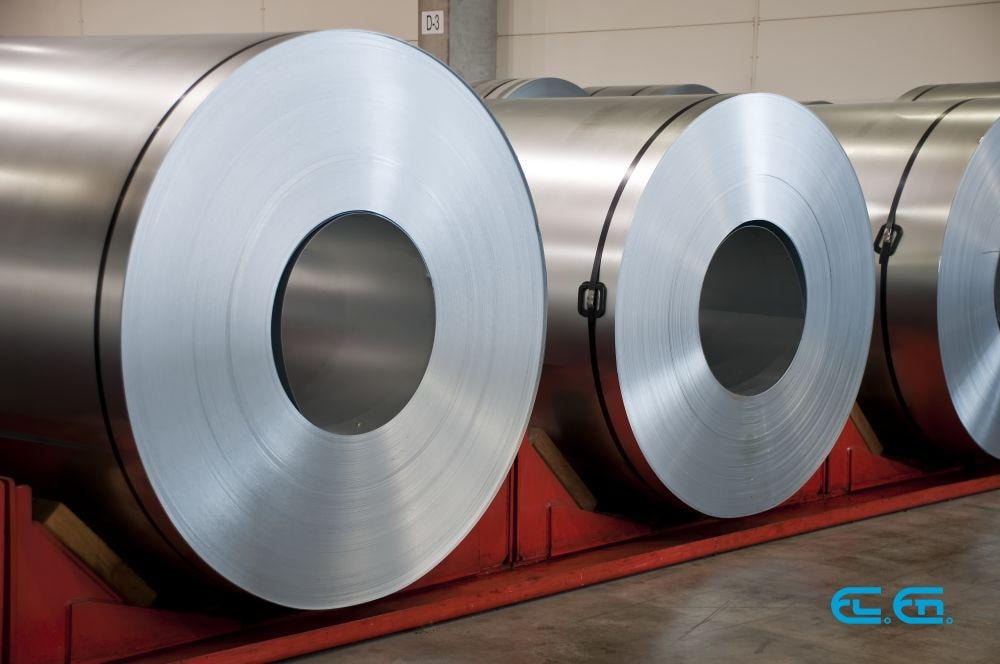Laser magnet wire stripping is one of the many applications of the laser ablation process. This process is used in the most technologically advanced sectors. In contrast to conventional stripping, laser stripping works precisely and selectively. This makes it ideal for sectors where precision and quality workmanship are necessary.
What is a magnet wire?
A magnet wire, enamelled wire or winding wire is a copper or aluminium wire covered with a thin insulating layer. Its main field of application is in the production of conductive material coils. As you can imagine, the insulating layer is used to prevent the coil from short-circuiting simply by contact between the wires.
In order to do this, manufacturers immerse the conducting wire in a bath of polymeric material which completely covers it. The thickness of the insulating layer can range from 0.08 mm to 1.6 mm. Depending on the temperature at which the enamelled wire is to operate, the insulating layer can be made of different materials. The most commonly used materials are polyester, polyurethane and polyamide, in various formulations.
The enameled wire stripping process
Enamelled wire coils have a wide range of applications. These components are fundamental in the production of devices such as inductors, transformers, electromagnets, pickups, actuators, etc. In some cases, manufacturers may need to remove all or part of the insulating layer. One reason, for example, might be to solder the coil to larger components, or to make special connections in the circuit. To achieve these results, the enamelled cable must then undergo stripping operations to remove the insulating layer and enable it to operate.
The stripping process can be done using four techniques:
- Brushing
- Chemical process
- Stripping with blades
- Thermal process
Let’s go over them one by one.
Brushing
This technique uses rotating fibreglass or steel brushes. The fibreglass brushes rotate at high speed, produce friction and thus heat, and the heat melts the insulation layer. A smooth and polished surface is achieved.
The rotating steel brushes work thanks to the sharp action of the steel bristles. The result is a rougher surface. Because the brushes have a greater abrasive effect, they are used for larger surfaces where greater force is required for welding.
Chemical process
This technique involves immersing the enamelled wire in a chemical bath with a solvent action which dissolves the insulating coating. The coil is then cleaned to remove oxides and any residue.
Stripping with blades
This type of stripping uses rotating blades which, by moving at high speed, remove the insulating layer from the electrical cable.
Thermal process
In the thermal process, heated blades are used to melt the insulating layer. The heat combined with the movement of the blades removes the insulating layer from the enamelled wire.
The laser magnet wire stripping process
Laser stripping of enamelled wire is a viable alternative to these techniques. In this application, a laser ablation process is used to remove the insulating layer from the surface of the electrical cable.
The laser easily interacts with thermoplastic polymers. Compared to traditional removal methods, the laser has some important advantages:
- It is selective, the laser only interacts with the polymeric material and not the metal.
- It is precise, the laser can intervene extremely precisely on specific points on the surface.
- It is a green, unlike other techniques, laser stripping does not produce any processing residue.
All these advantages make the laser stripping technique ideal for cases in which material removal needs to be done in an extremely precise manner, typically in high-tech applications.
Contact us
Would you like to develop a laser stripping application for enamelled wire? Contact us: our engineers will study the right application for your needs!




